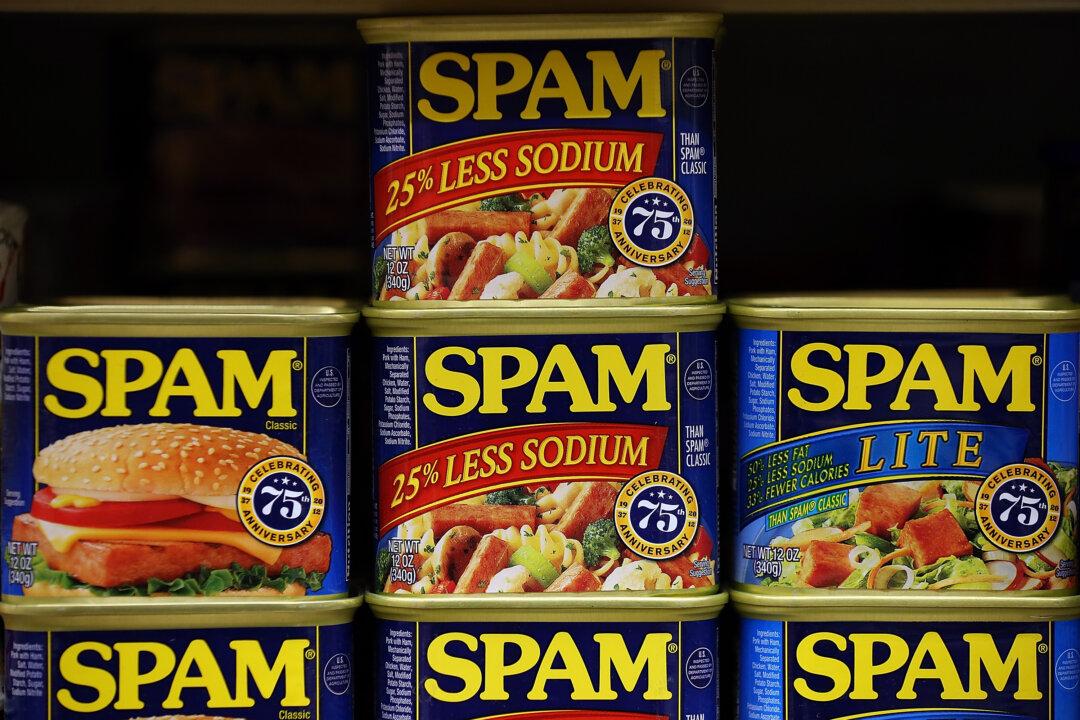NASA researchers emerged Tuesday from a four-month experiment testing the foods and recipes for Martian missions. The team lived on a barren lava field in Hawaii to simulate conditions on Mars and ate a variety of foods with a long shelf-life, required nutrients, and an attempt at diversity to prevent boredom.
Spam was a popular ingredient, as it keeps well.
The research data will take months to process, and in the meantime the researchers are readjusting to life off the Mars-like terrain around the volcano, Mauna Loa.
The research team leader Angelo Vermeulen, said on the study’s website that many non-perishable foods are highly processed and lack fiber.
Scientists have also been studying what the food resources may look like for a future colony on Mars. Food production will once again be a major part of people’s lives, Penelope Boston, director of the Cave and Karst Studies program at New Mexico Institute of Mining and Technology told Space in May.
“One of the things that every gardener on the planet will know is producing food is hard—it is a non-trivial thing,” she said. “Up until several hundred years ago it occupied most of us for most of the time.”
NASA is aiming to launch its first manned Mars landing in the 2030s, and a long-term visit may make more sense than a short-term, as it will be difficult to make the journey.
Bill Gerstenmaier, associate administrator of NASA’s Human Exploration and Operations Mission Directorate, told Space: “Sustained human presence—should that be our goal? I think that’s a good discussion.”
The atmospheric pressure is lower on Mars than on Earth. Pressure could be controlled in greenhouses to a certain degree, however. Robert Ferl, director of the Interdisciplinary Center for Biotechnology Research at the University of Florida, told Space: “Maintaining a full atmosphere of pressure is difficult on a planetary surface. You can take plants down to a tenth of an atmosphere and they'll still function.”
Radiation will also affect Martian farming, according to Space. Shielding or some other method to avoid damage to both people and plants will be necessary.
The Associated Press contributed to this report.





